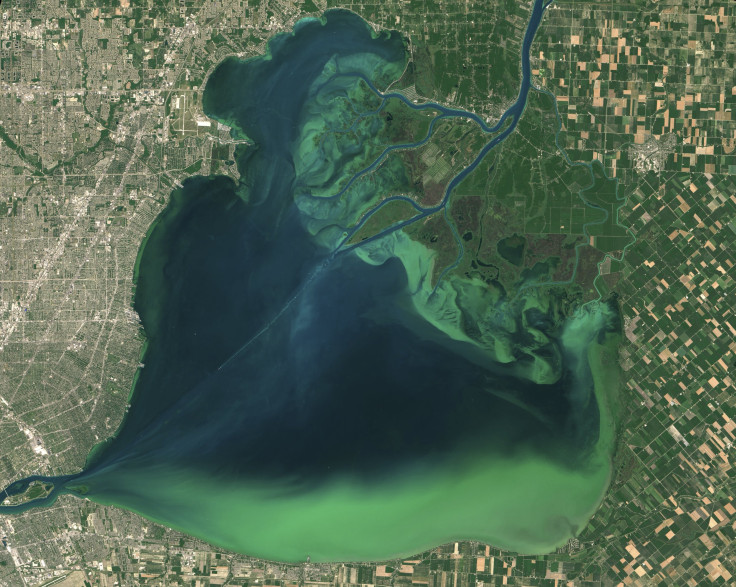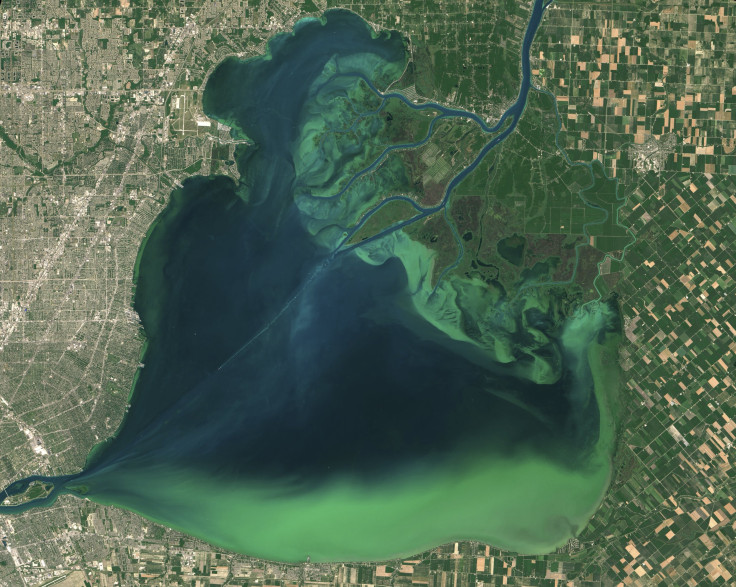Arabian Sea Algae Blooms Caused By Climate Change, Killing Fish And Threatening Economy

The immense swath of green that takes over a stretch of the Arabian Sea twice a year is wreaking havoc on the ocean’s ecosystem. The bi-yearly algae blooms in the Gulf of Oman have spread all the way to India and are directly linked to a rapidly changing climate, according to scientists.
The blooms have become so large that they’re visible in satellite images and have displaced the zooplankton that sustain the entire food chain, the Associated Press reported Wednesday.
Read: Ocean Temperatures Rising Far Faster Than Previously Thought
“Normally these things happen slowly, usually we talk about tens of hundreds of years,” Helga do Rosario Gomes, a biological oceanographic who has tracked blooms in the Arabian Sea for the past 15 years, told the AP. “The transformation is happening before our eyes.”

Algae blooms are made up of a range of plant life from single-celled organisms to larger seaweeds. The blooms eat up oxygen in surrounding waters while they decay, causing harm to both the environment and humans. Toxic algae blooms have been reported in every coastal state in the United States, according to the National Oceanic and Atmospheric Administration.
Scientists from the Lamont-Doherty Earth Observatory at Columbia University identified the Arabian Sea's bloom’s cause as melting ice in the Himalayas. Less ice cover has caused temperatures to rise, strengthening monsoons in the Indian Ocean, which in turn move over the Arabian Sea, roiling waters with limited oxygen and giving rise to the algae that thrive in those conditions.
Read: 'Extraordinary' Levels Of Pollution Found In Deepest Parts Of Ocean
Algae blooms clog the gills of fish or suffocate them by removing oxygen from surrounding waters. The scientists studying the Arabian Sea’s blooms noted that such effects could have devastating consequences for a fisheries industry that relies on a healthy, thriving population of the species it catches.
The blooms also release toxins that are not only deadly to sea life like dolphins and turtles but have proved fatal to humans in the past. The incidence of toxic algae blooms will likely only increase as oceans around the world continue to absorb greenhouse gas emissions, the NOAA warned.
“The fish are migrating,” Saleh al-Mashari, the captain of a research vessel in a village nearby the Arabian Sea, told the AP. “They can’t get enough air here.”
© Copyright IBTimes 2024. All rights reserved.






















